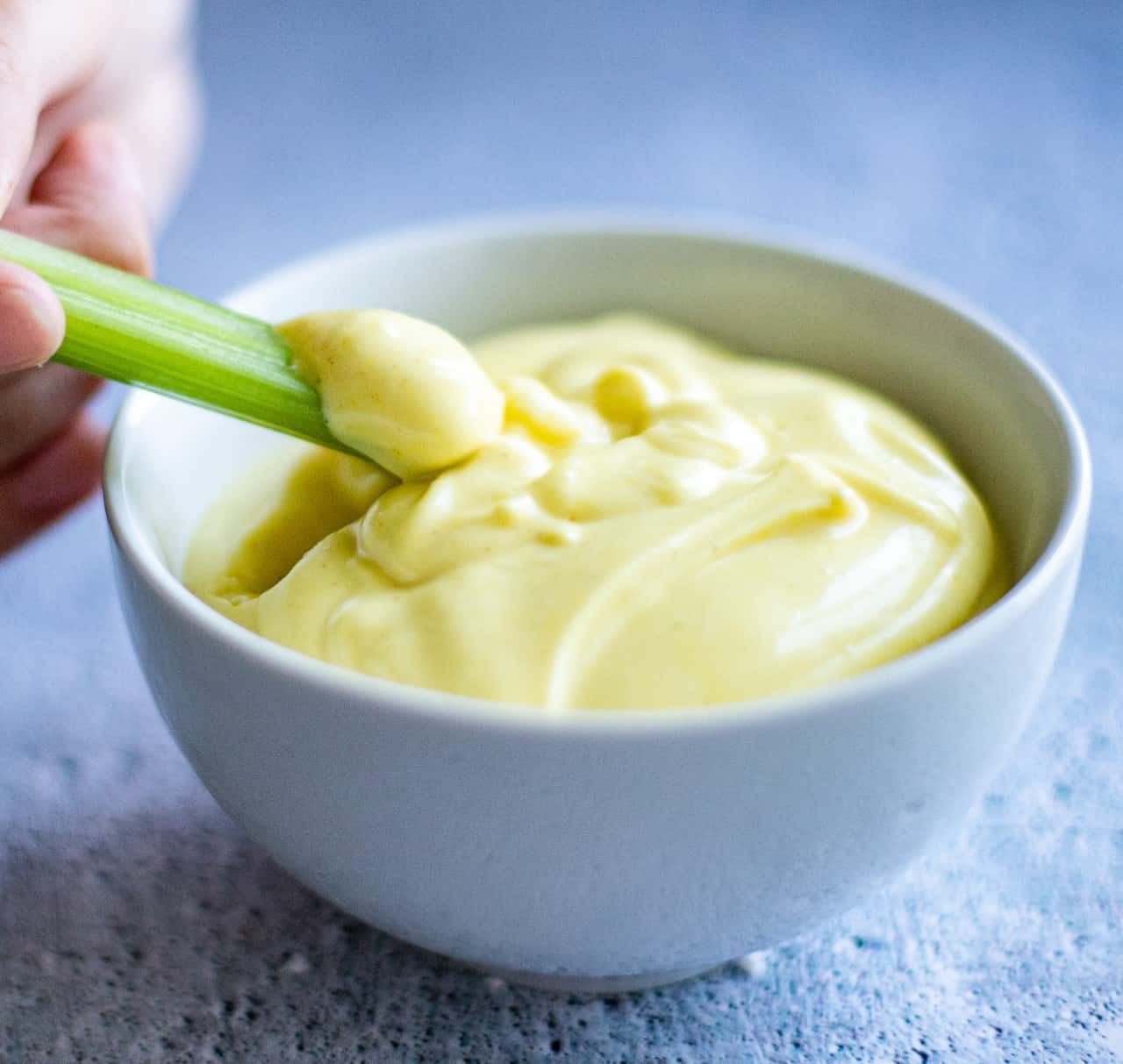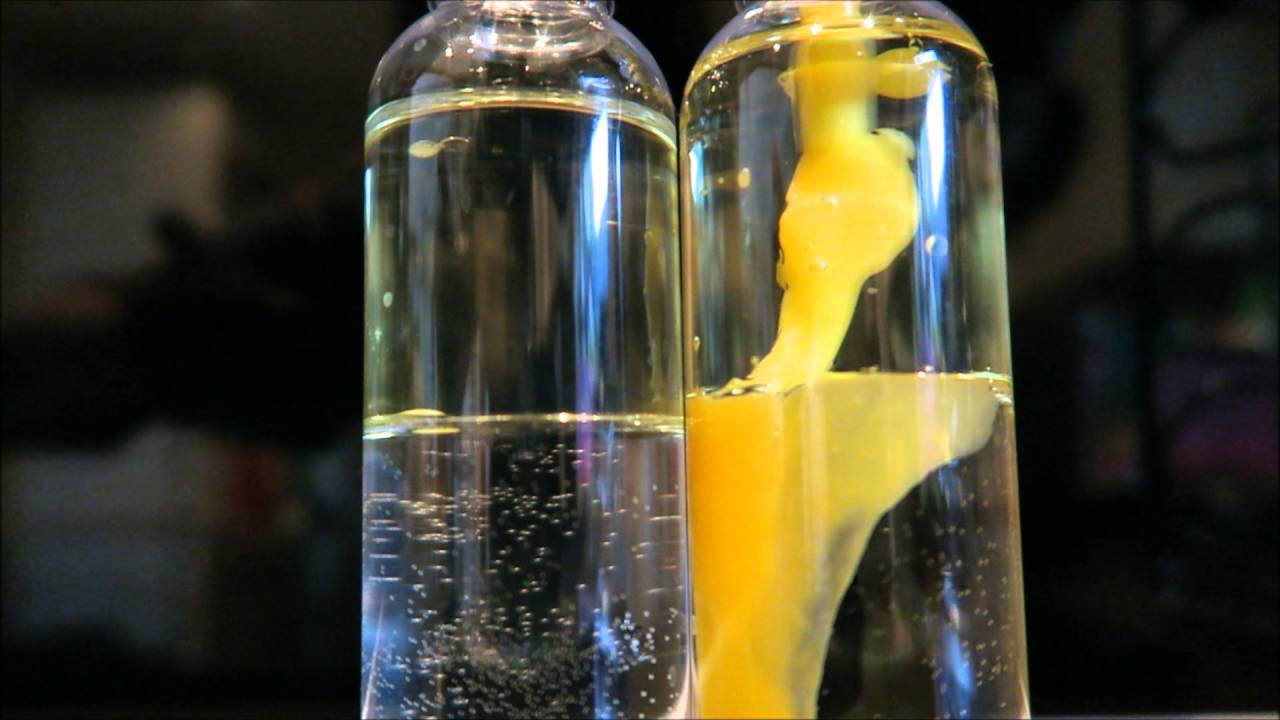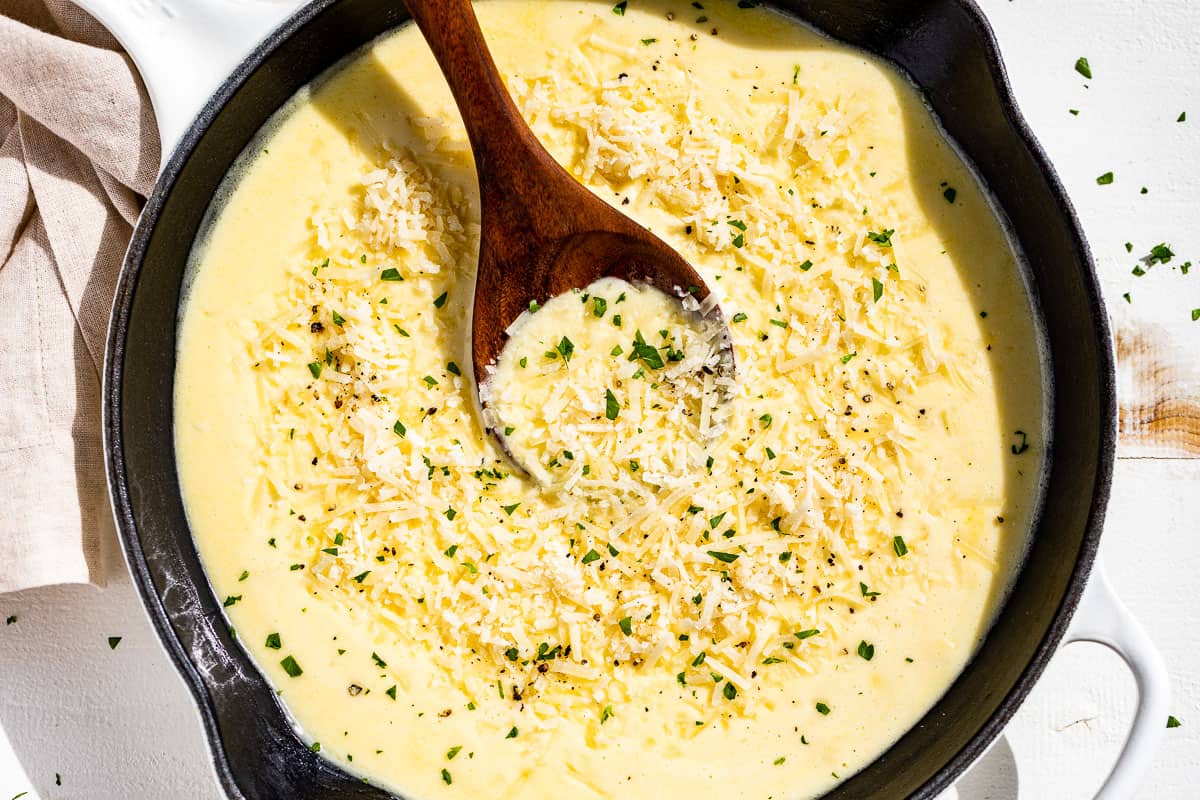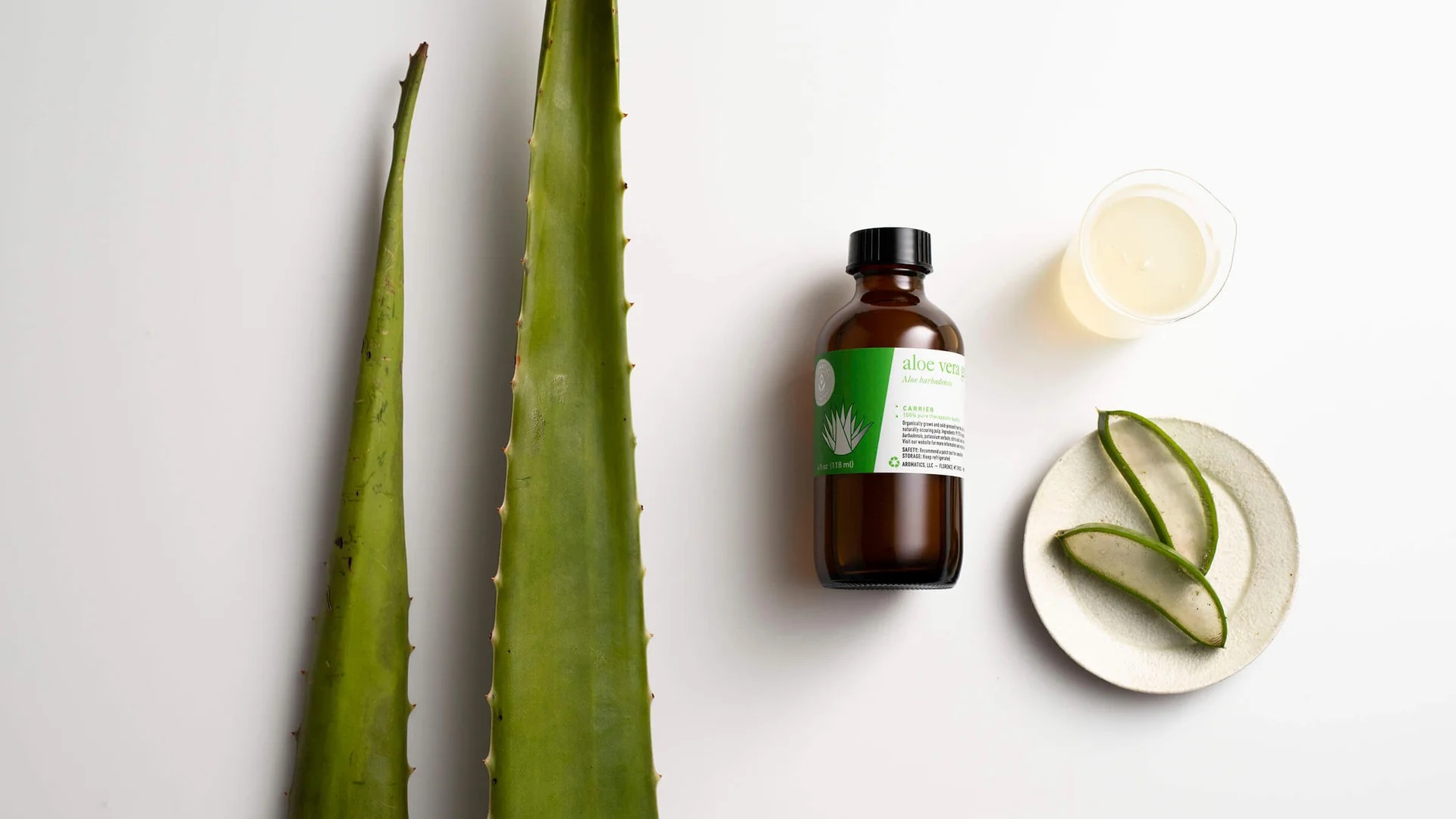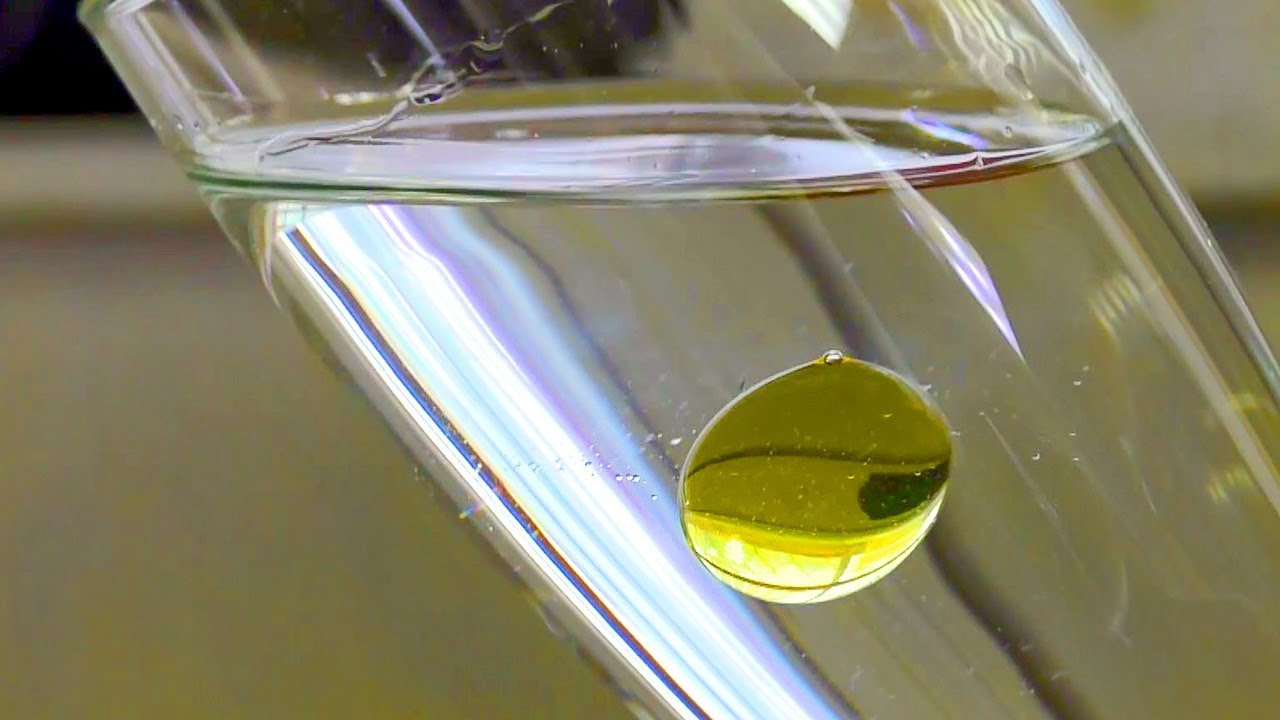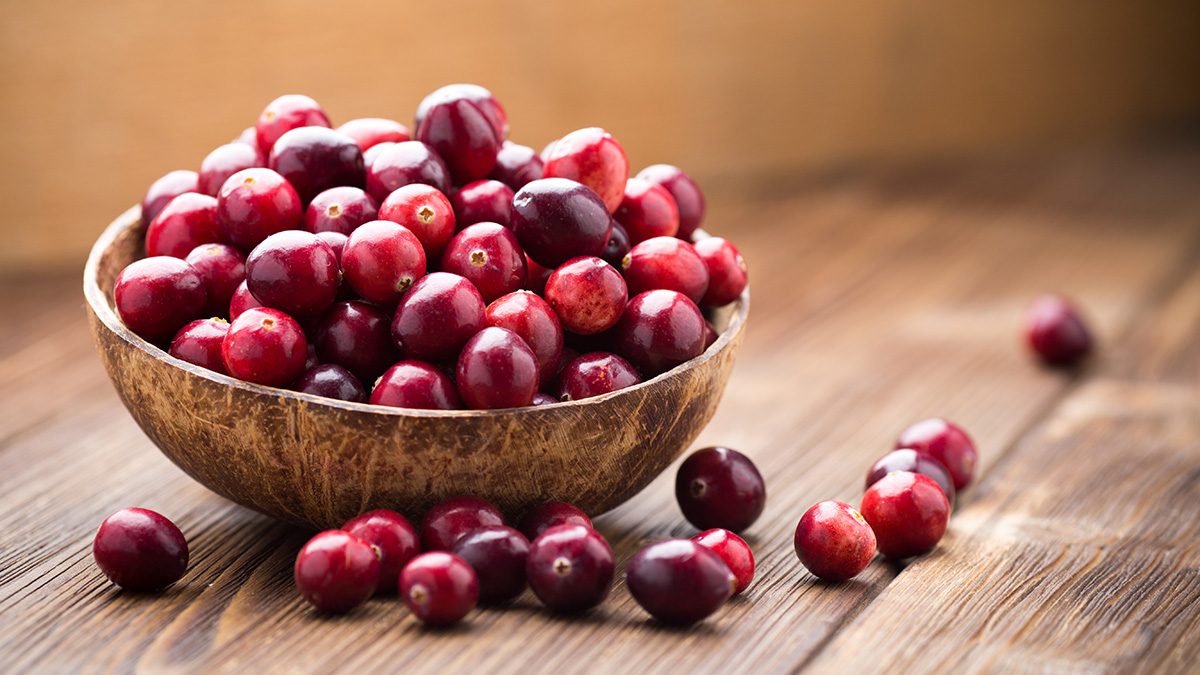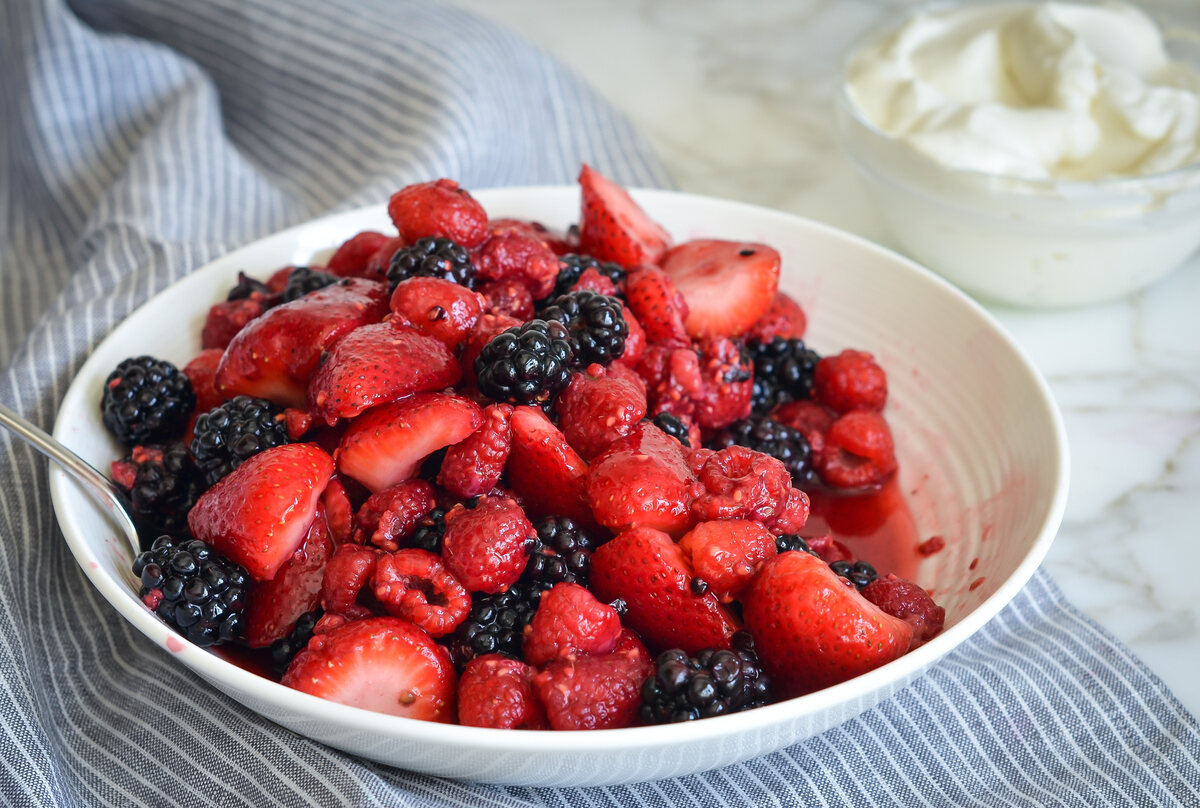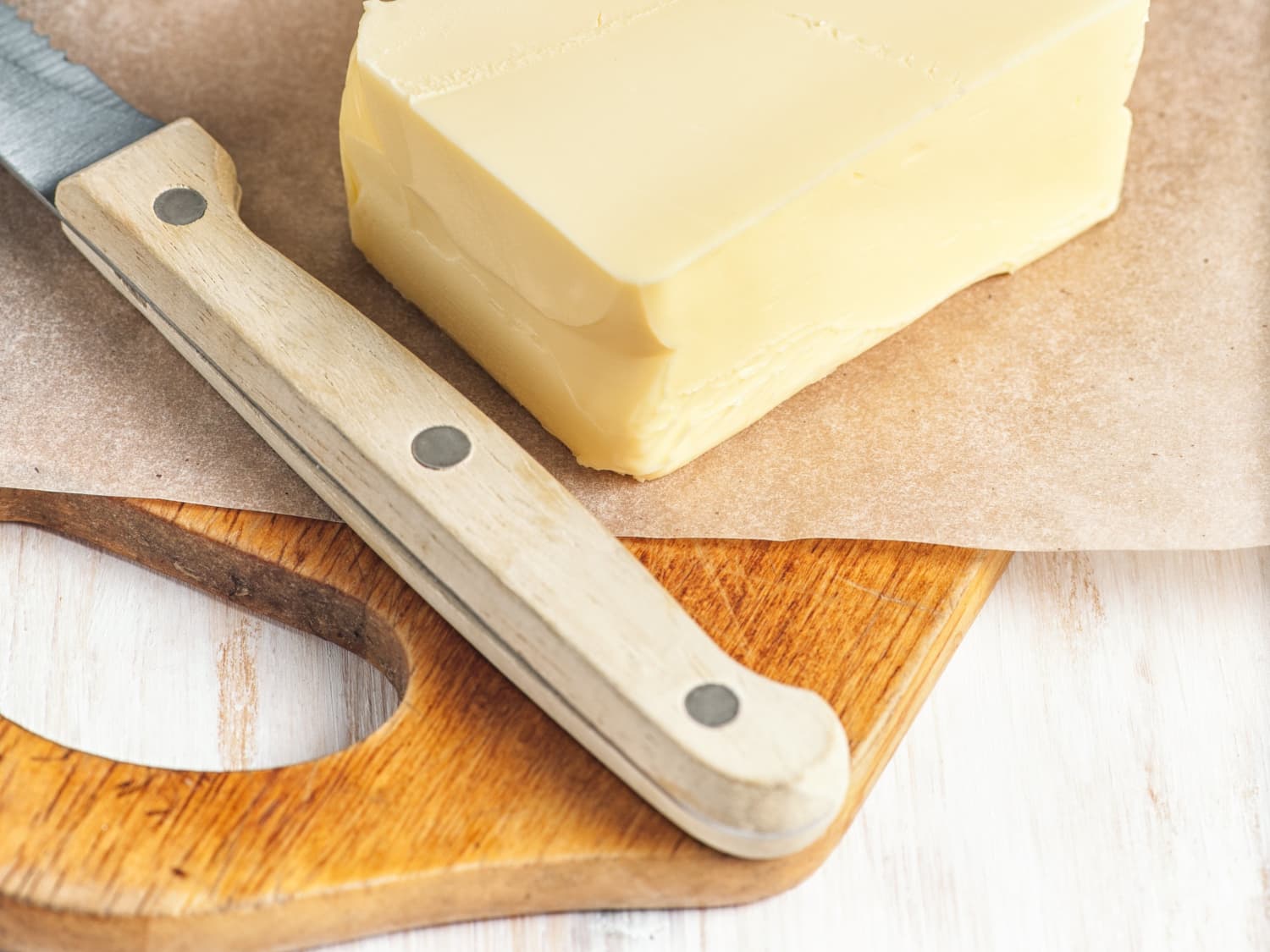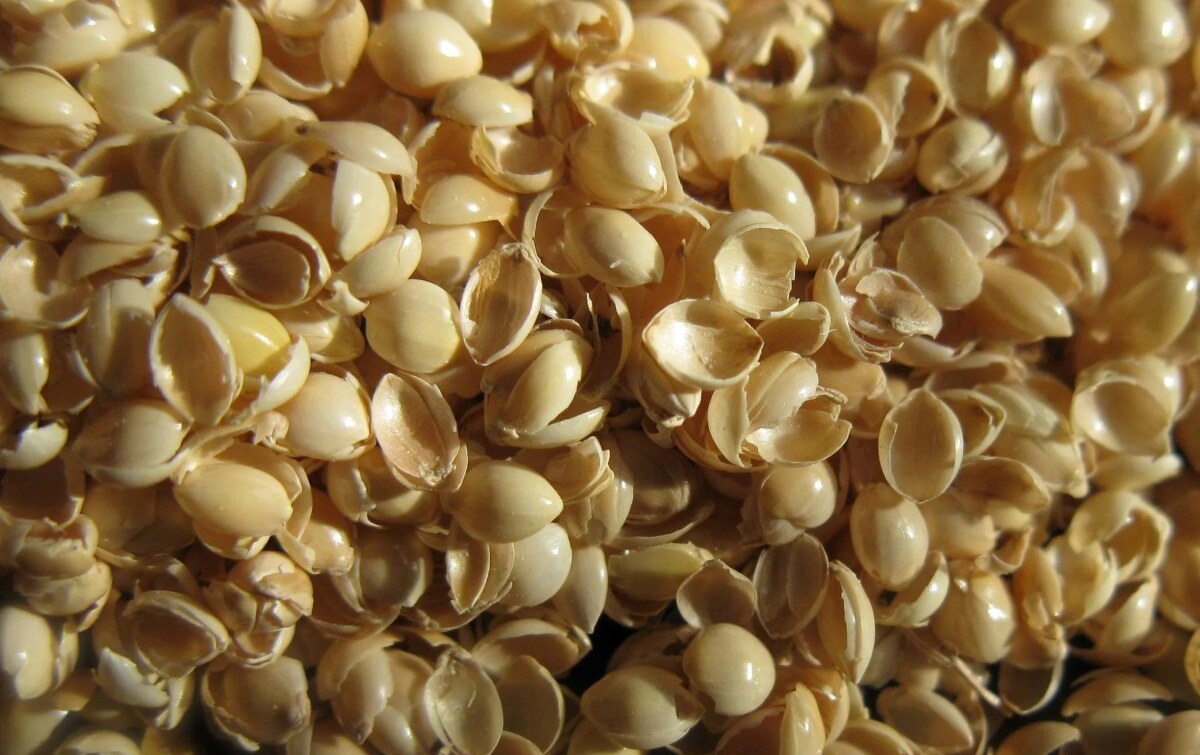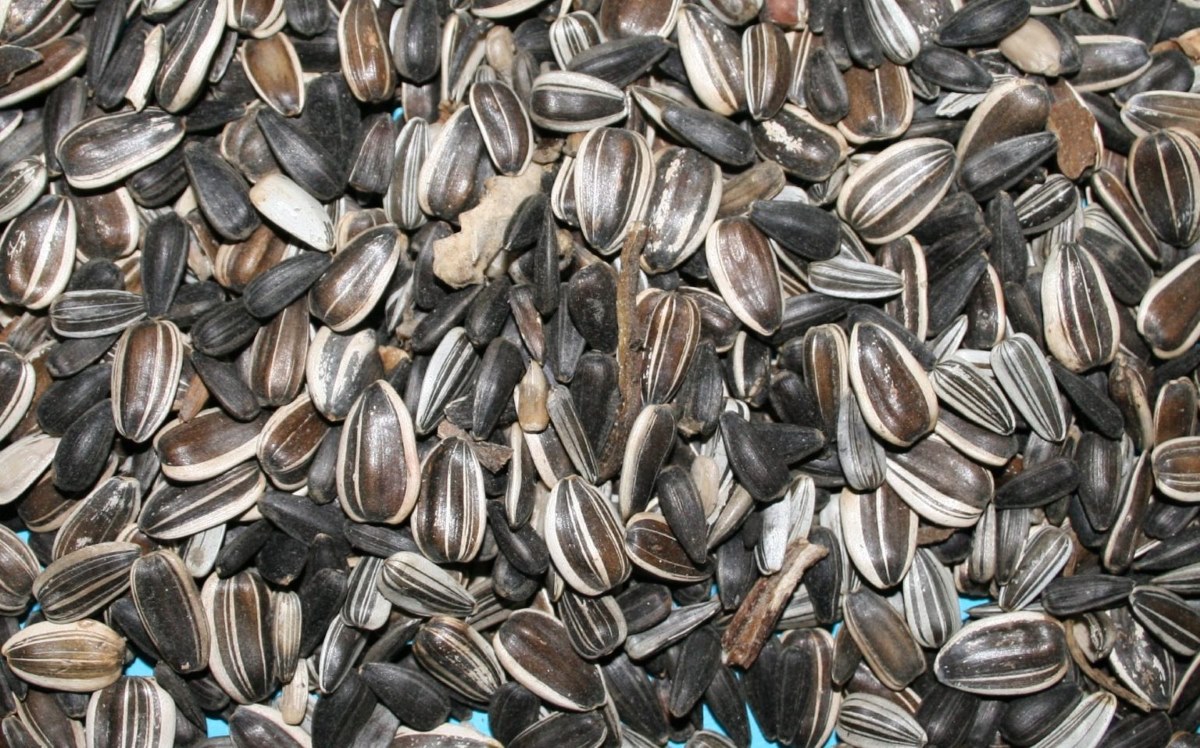Mastering the Art of Emulsifying Sauces
Emulsifying a sauce is a culinary technique that involves creating a stable mixture of two ingredients that don’t naturally want to combine, such as oil and water. When done correctly, emulsification results in a smooth, creamy texture that adds richness and depth to your sauces. Whether you’re making a classic hollandaise or a simple vinaigrette, mastering the art of emulsifying sauces can take your cooking to the next level.
Understanding the Science of Emulsification
Before we dive into the process of emulsifying a sauce, it’s important to understand the science behind it. At its core, emulsification is all about creating tiny droplets of one liquid suspended in another. In the case of sauces, this often means combining oil and water-based ingredients. The key to a successful emulsion lies in using an emulsifier, such as egg yolks or mustard, to help stabilize the mixture and prevent it from separating.
Steps to Emulsify a Sauce
Now that we’ve covered the basics, let’s walk through the steps to emulsify a sauce:
- Choose Your Emulsifier: Start by selecting the emulsifying agent for your sauce. Common choices include egg yolks, mustard, or even mayonnaise, depending on the recipe you’re following.
- Combine Ingredients: In a clean, dry bowl, whisk together your emulsifier and any other water-soluble ingredients, such as vinegar or lemon juice.
- Slowly Add Oil: While whisking constantly, slowly drizzle in the oil in a steady stream. This gradual addition allows the oil to disperse evenly and form a stable emulsion with the other ingredients.
- Adjust Seasoning: Once your sauce has emulsified, taste and adjust the seasoning as needed. This is the time to add salt, pepper, or any other flavorings to achieve the perfect balance.
Troubleshooting Emulsified Sauces
Emulsifying sauces can be a bit finicky, and it’s not uncommon to encounter issues along the way. Here are a few common problems and how to fix them:
- Separation: If your sauce starts to separate, it’s likely due to adding the oil too quickly or not whisking vigorously enough. To fix this, transfer the mixture to a clean bowl and slowly whisk in a small amount of water until it comes back together.
- Thickening: In some cases, your emulsified sauce may become too thick. To remedy this, simply whisk in a small amount of water or another liquid to thin it out to the desired consistency.
- Flavor Imbalance: If your sauce lacks flavor, try adjusting the acidity with a splash of vinegar or lemon juice, and don’t forget to season with salt and pepper to enhance the overall taste.
Emulsifying Beyond Sauces
While emulsifying sauces is a common application of this technique, it’s worth noting that emulsification extends beyond the realm of cooking. In the world of chemistry and cosmetics, emulsifiers are used to create stable mixtures of oil and water in products like lotions and creams. The principles of emulsification are truly versatile and applicable in various fields.
Conclusion
Emulsifying a sauce may seem daunting at first, but with practice and a good understanding of the underlying principles, you can achieve smooth, velvety sauces to elevate your culinary creations. Remember to choose the right emulsifier, add the oil slowly, and troubleshoot any issues that may arise. Embracing the art of emulsification opens up a world of possibilities in the kitchen, allowing you to create a wide range of delicious and visually appealing sauces.
More Delicious Recipes Featuring Emulsified Sauces
Having mastered the art of emulsifying sauces, the culinary explorer can now apply this technique across a variety of delightful recipes. Start with the essential Homemade Mayonnaise Recipe for a fundamental understanding of emulsion. For a tangy twist, the Caesar Dressing Recipe and Ranch Dressing Recipe offer layers of flavor that showcase emulsifying skills. Highly recommended is the Bearnaise Sauce Recipe, where the method plays a crucial role in achieving its classic, creamy texture. Additionally, the Green Goddess Dressing Recipe and Chimichurri Sauce Recipe provide vibrant, herbaceous notes ideal for dressing up any dish. Each recipe not only reinforces the method but also expands your culinary repertoire with versatile sauces that can elevate any meal.
Was this page helpful?
Read Next: How To Emulsify Fats Into A Broth
